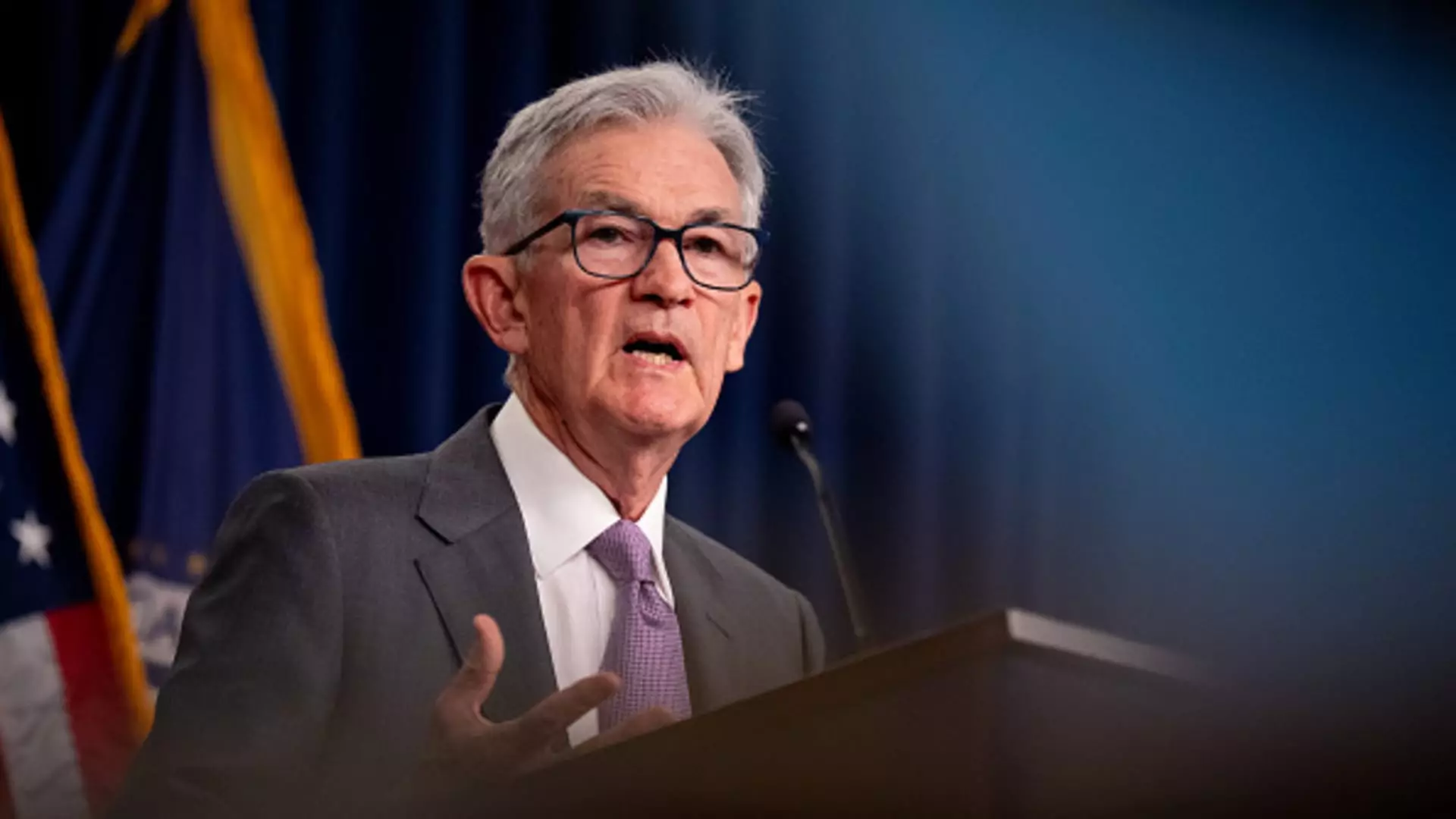Federal Reserve Chair Jerome Powell recently addressed the nation at the Fed’s annual retreat in Jackson Hole, Wyoming. During his speech, Powell emphasized the need for policy adjustments to be made in the near future. While he did not provide specific details on the timing or extent of these adjustments, he made it clear that the direction of travel is towards interest rate cuts.
It was noted that Powell focused on looking back at the reasons behind the inflation that led to 11 consecutive rate hikes between March 2022 and July 2023. However, he also highlighted the progress made in taming inflation and indicated that the focus can now shift towards ensuring full employment. Powell acknowledged the decline in inflation and the stabilization of the labor market, signaling a change in the balance of risks associated with the Fed’s mandates.
Market participants were eagerly awaiting clarity on the future direction of monetary policy. Powell’s speech led to a positive response from stocks and a drop in Treasury yields. Traders are now pricing in a high likelihood of rate cuts in September, with some even anticipating a half-point reduction. This marks a significant shift in policy direction from the Fed, reflecting their commitment to supporting the economy.
Powell’s speech also touched upon the current state of inflation and unemployment. While inflation has been gradually moving towards the Fed’s 2% target, unemployment has been on a slow upward trajectory, standing at 4.3% currently. Powell attributed this increase in unemployment to more people joining the workforce rather than underlying weakness in the labor market. This assessment highlights the importance of maintaining a delicate balance between price stability and full employment.
Market expectations are leaning towards rate cuts in September, in line with Powell’s dovish stance. Although the Fed Chair did not explicitly mention the timing of policy easing, recent minutes from the open market committee meeting suggest a strong consensus among officials for a rate cut next month. This indicates a proactive approach by the Fed to address potential economic headwinds and sustain the current expansionary phase.
Powell also took the opportunity to reflect on the Fed’s response to the surge in inflation over the past year. He acknowledged the initial dismissal of inflation as transitory and attributed the subsequent policy pivot to the persistence of price pressures. The global nature of the inflationary forces, including supply chain disruptions and labor market tightness, posed challenges for the Fed’s traditional inflation targeting framework.
Powell emphasized the importance of well-anchored inflation expectations and central bank credibility in managing inflationary pressures. He highlighted the need for continuous learning from past experiences and the importance of adaptability in responding to evolving economic conditions. The Fed’s commitment to maintaining price stability while supporting full employment remains paramount in navigating the complex landscape of monetary policy.
Jerome Powell’s speech at Jackson Hole laid the groundwork for future interest rate cuts, signaling a shift towards a more accommodative monetary policy stance. The Fed’s dual mandate of price stability and full employment continues to guide its policy decisions, with a focus on balancing the risks and challenges in the current economic environment. Powell’s reflections on past inflation dynamics and the Fed’s response offer valuable insights into the central bank’s approach to managing the economy in uncertain times.

